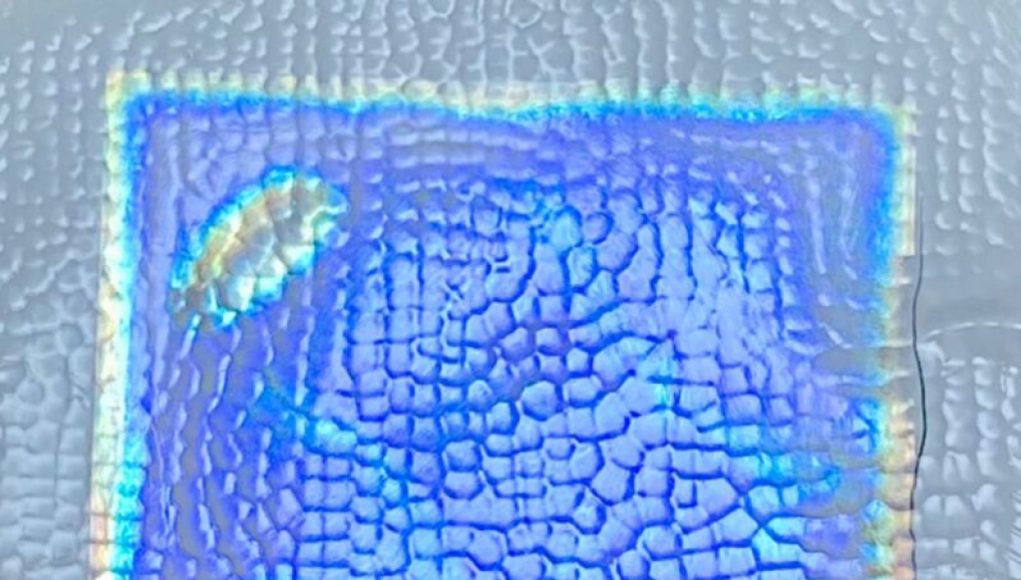Get ready for a cooler future! As summer approaches, we all know the struggle of trying to beat the heat without breaking the bank on energy bills. But what if we told you that scientists from the University of Cambridge have developed a plant-based film that gets cooler when exposed to sunlight? That’s right, no external power source needed! This innovative approach, known as passive daytime radiative cooling (PDRC), emits its own heat into space without being absorbed by the air or atmosphere, making it several degrees cooler than the surrounding air. And the best part? The films created by these scientists are colored with structural color in the form of nanocrystals, not pigments or dyes, so you can add color without sacrificing efficiency.
But how does it work? The film is made up of two distinct layers with different functions. The first layer is comprised of cellulose nanocrystals, which can be extracted from renewable sources like wood. As the water evaporates, the nanocrystals self-assemble into a photonic crystal structure, reflecting visible light at specific wavelengths to create aesthetically pleasing colors. The second layer is made of porous ethylcellulose, which scatters any light that manages to penetrate the cellulose nanocrystal layer. Together, these layers provide both color and broadband solar reflection properties required for PDRC.
When tested under sunlight, the films were nearly 40° F cooler than the surrounding air and generated some 120 watts of cooling power per square meter of film. This makes them comparable to an average home A/C unit! The researchers are confident that their manufacturing process can be scaled up for commercial applications, and the films could be used to passively cool buildings and cars, as well as adapted as sensors to detect shifts in weather or pollution levels. Plus, the availability of colors would make the films especially attractive to the automotive industry.
So say goodbye to energy-guzzling A/C units and hello to a more sustainable and colorful future!
Plant-based films are becoming increasingly popular in modern technology because of their ability to keep cool in the sun while reducing waste. These iridescent films, which are made from cucurbit, have the unique ability to dissipate heat quickly while still providing natural coverage. The films are also heat-reactive and can change color as the temperature rises, providing effective visual feedback.
Cucurbit, a type of squash, is the main ingredient of these plant-based films. The air pockets in the film ensure a level of heat-dissipating protection for the surface it covers, while also providing a reflective sheen that reduces direct light penetration. In addition, the film’s inherent iridescence can show when agitated, further reducing heat absorption.
These films are viable alternatives to traditional plastic materials and provide various energy savings. For instance, they have significantly reduced the need for air conditioning in hot climates. Furthermore, the films have been proven to last three times longer than plastic materials.
Domestic and commercial applications are continuing to adopt the use of cucurbit-film materials for their energy-saving benefits. They are being used in a variety of applications, from roofs and windows to vehicle parts and even clothing. Their ability to reduce heat gain from the sun can reduce air conditioning costs by up to 50%.
In addition to its heat-dissipating capabilities, the use of plant-based films can reduce plastic waste in comparison with traditional plastic materials. Therefore, cucurbit-film materials are an excellent environmental solution for those looking to reduce energy consumption and waste.
Although cucurbit-film materials remain relatively unknown, their potential for energy-saving applications is immense. The future of this technology will likely involve greater integration into a variety of consumer products and homes. As technologies continue to develop, these plant-based films will only become more popular in the years to come.




















